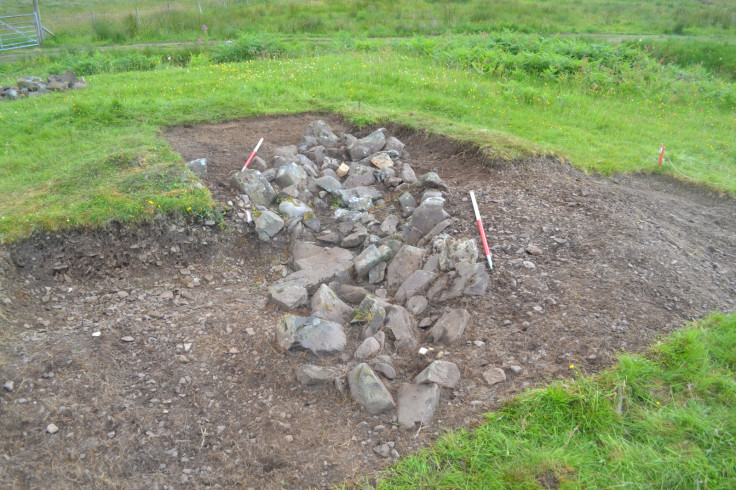1,000-year-old Viking coins unearthed by young girl in Denmark
The Vikings came from Norway and Sweden as well as Denmark, and their era lasted from AD 700 to 1100.

A hoard of nearly 300 Viking coins that are believed to be more than 1,000 years old has been unearthed near the ruins of a Viking castle in northern Denmark.
The rare coins have been discovered about 5 miles (8km) from the Fyrkat Viking ringfort, near the town of Hobro, and are believed to be from the 980s.
"They include Danish, Arab and Germanic coins as well as pieces of jewellery of Scottish and Irish origins," according to The Viking Herald. It is being said that the coins are from King Harald "Bluetooth" (Blåtand) Gormsson's time.
The fortress was built in 980 by King Harald Bluetooth. It included boat-shaped buildings that housed stables, stores, and silversmiths. The Viking fortress was surrounded by a circular wall made of about 10,000 cubic metres of earth, per the information available on the North Jutland Museum's website.
"The two silver treasures in themselves represent an absolutely fantastic story, but to find them buried in a settlement just eight kilometres from Harald Bluetooth's Viking castle, Fyrkat, is incredibly exciting," said North Jutland Museum archaeologist and curator Torben Trier Christiansen in a statement. It added that the coins were probably used as a means of payment by weight.
A hoard of 1,000-year-old Viking coins have been unearthed in Denmark: https://t.co/Wx1oHA5vcU via @guardianscience pic.twitter.com/mUnNXYfaSY
— Church of Cthulhu (@CoCthulhu) April 21, 2023
Burying coins was a common practice during the Vikings' time. They would do so in the hope of finding the treasure after death.
According to an AFP report, the coins were discovered by a young girl while she was metal detecting in a cornfield last autumn. She is set to receive financial compensation.
Even though the discovery was made last autumn, the museum has only just given details about it in its latest statement. The museum plans to continue to dig in the region to find more details about the treasure trove.
In 2015, a hoard of Viking coins, silver, and jewellery was found in Watlington, Oxfordshire. The 186 coins, seven pieces of jewellery, and 15 silver ingots were buried around the end of the 870s AD as Anglo-Saxon kings in what is today England began to fight back against Viking expansion across Britain.
The find was one of many made by members of the public every year. These finds are recorded by Britain's Portable Antiquities Scheme, which can be viewed online. Over 100,000 archaeological finds were reported to the scheme in 2014, and 1,008 finds were declared as treasures.
Vikings had been attacking Anglo-Saxon positions in today's Britain since the late 8th century, but at the end of the 9th century, King Alfred of Wessex, Alfred the Great, defeated Viking forces at the battle of Edington, in southwest England. It was a turning point that eventually caused Anglo-Saxon power to be unified as the Kingdom of England in the 10th century.
The Vikings came from Norway and Sweden as well as Denmark, and their era lasted from AD 700 to 1100. They crossed the seas for trade purposes. Some of them were farmers, and others were traders and warriors.
They used long swords and axes in battle. One of the largest Viking axes ever found was uncovered by a team of archaeologists from Denmark. It was found in 2012, when the construction work for a highway in the southern region of Harup, Denmark, was underway.
The workers found a tomb, a type known as a "death house", measuring roughly 3.9 metres (13 feet) by 12.8 metres (42 feet). It had three separate graves for two men and a woman. The axe was one of the many Viking artefacts that were buried with them.
The woman wore clothes with gold and silver threads and was buried with a key, which was considered a status symbol in the Viking era. Ceramics and two silver coins were also discovered next to her, as well as a small casket.
© Copyright IBTimes 2024. All rights reserved.






